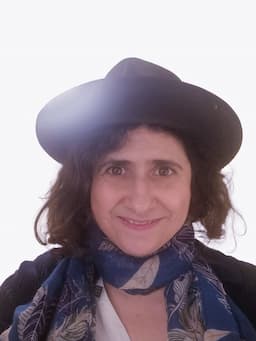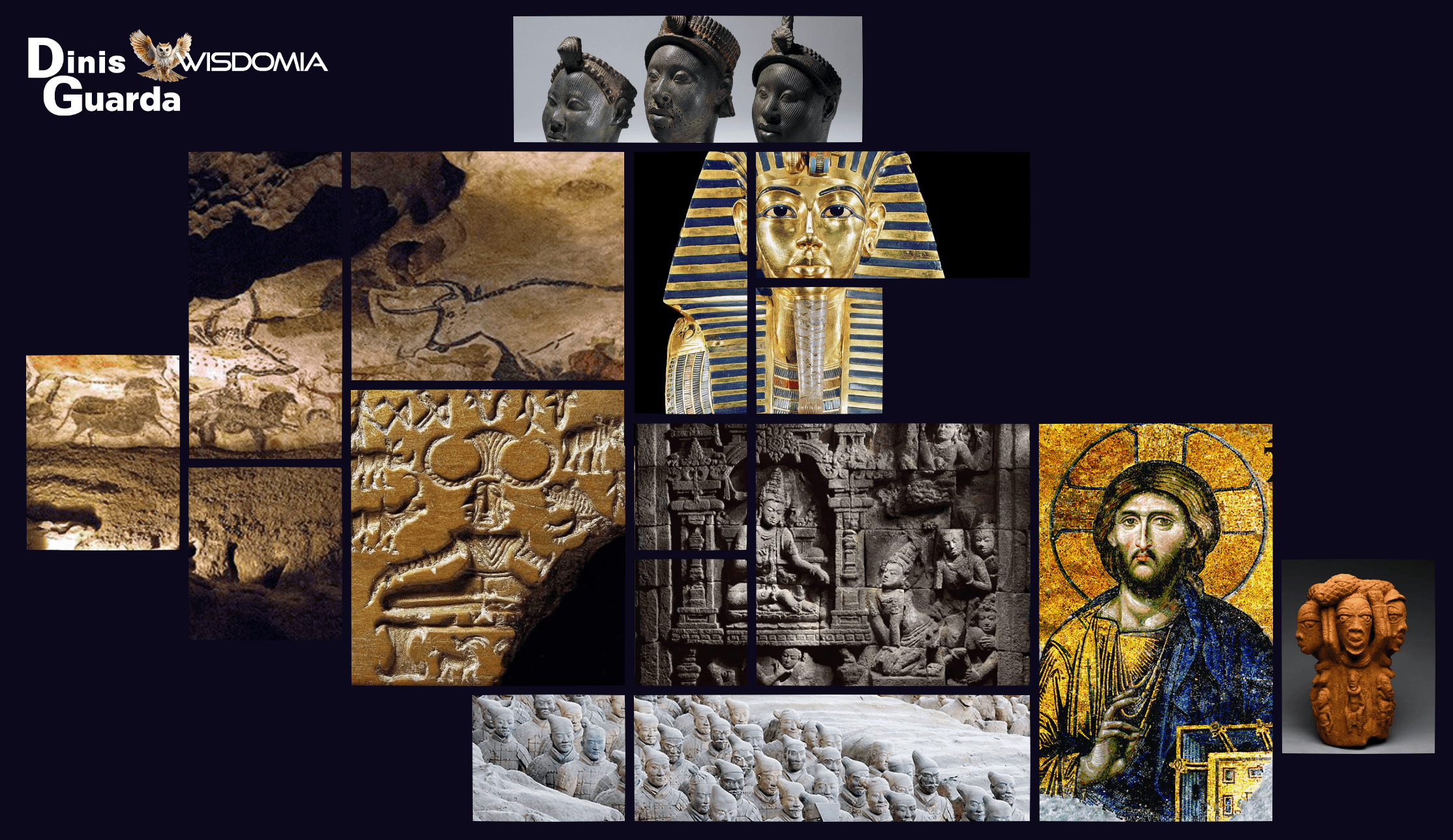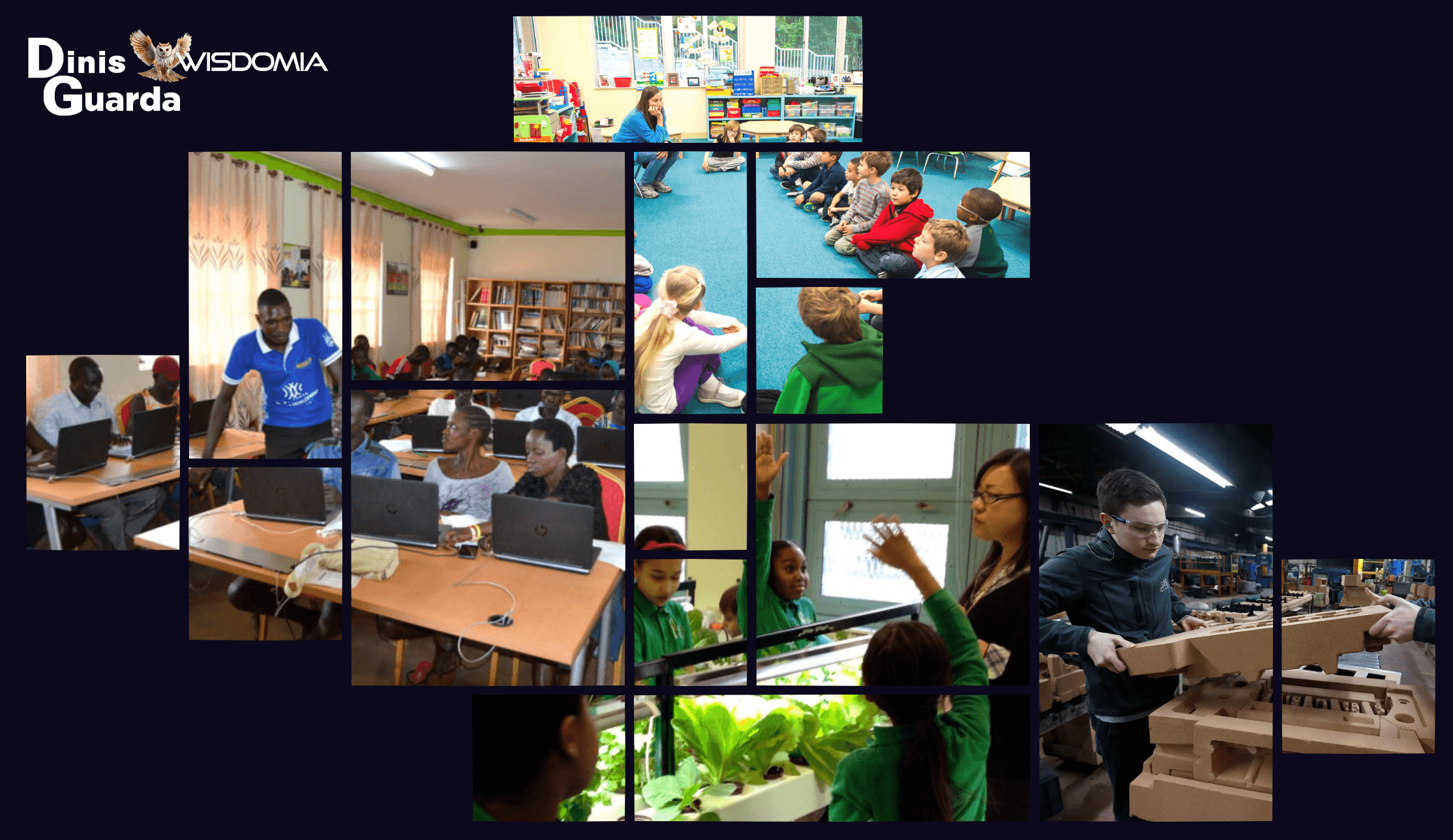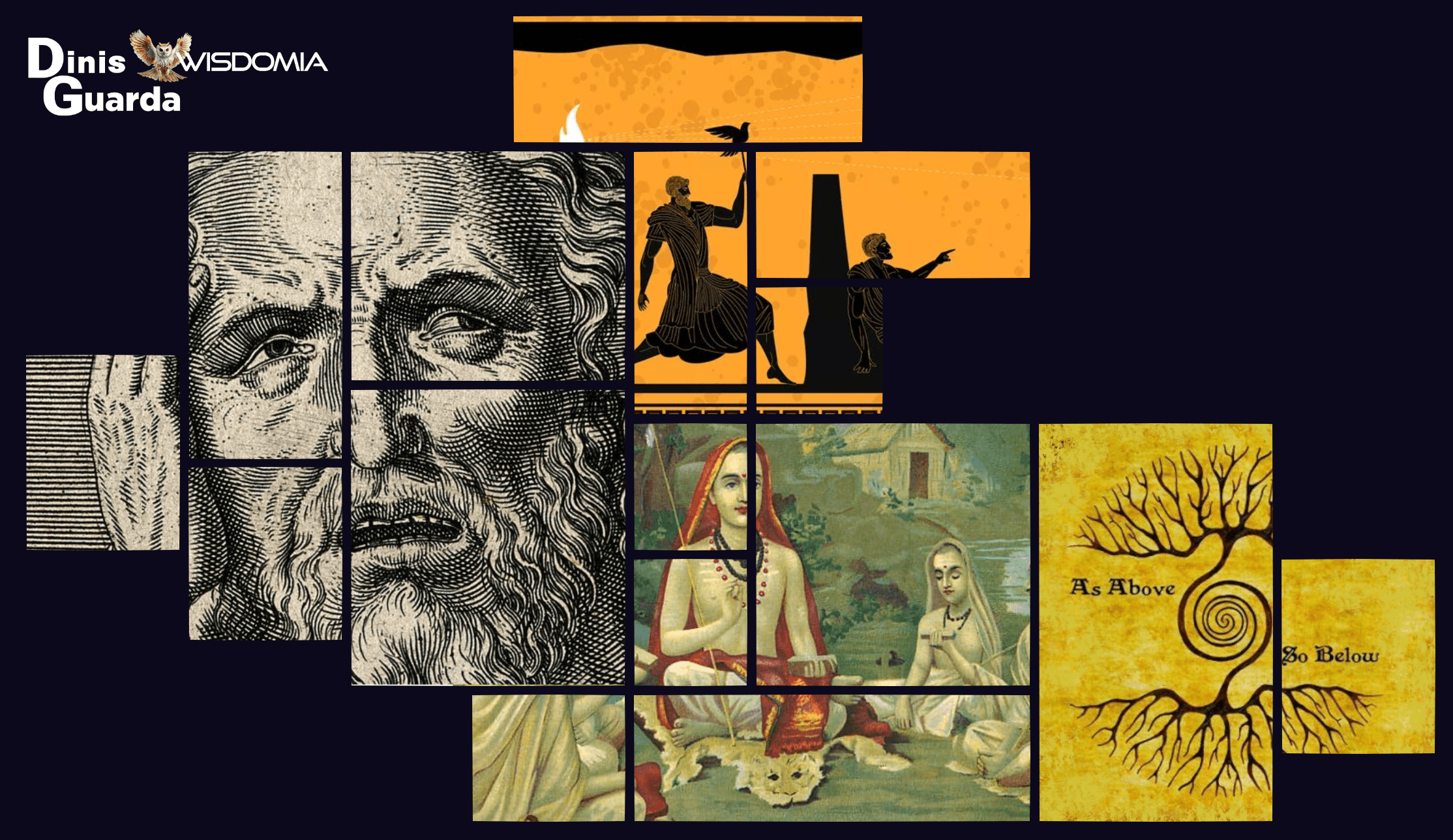The Nurturing Childhood of Henri Matisse: How Support Sparks Creativity
Maria Fonseca
Tue Jun 17 2025

When we admire the harmonious palette of colours and bold forms in Henri Matisse’s art, we often forget that behind such fearless creativity lies a deeply formative and amorous childhood. The early life of Matisse was not marked by trauma or turmoil, as is often the case in tales of great artists, but by warmth, encouragement, and subtle maternal guidance.Perhaps it was this gentle, nourishing upbringing who gave rise to his creative spirit. Eventually Matisse emerged as one of the most revolutionary artists of the 20th century. In examining Matisse’s nurturing childhood, we not only gain insight into the roots of his genius, but also discover enduring lessons about the role of support, freedom, and play in developing creativity.
A Modest Start in Northern France
Henri-Émile-Benoît Matisse was born on December 31, 1869, in Le Cateau-Cambrésis, a small town in northern France. His family ran a successful grain and hardware business, and while they were not wealthy, they were solidly middle-class and could afford a modest but stable lifestyle. From the outset, Matisse’s parents, particularly his mother Anna Heloise Matisse, created a home where curiosity and experimentation were welcomed.
His mother played a central role in his early exposure to colour, form, and texture. Though not a professional artist, she had a strong aesthetic sensibility and frequently engaged in decorative work such as painting ceramics and walls. She often let young Henri join her. Instead of enforcing strict rules, she encouraged him to explore materials freely. She once gave him paints not with instructions, but with an invitation: “Paint as you like.” That simple gesture became a foundation for his lifelong belief in intuitive expression. Henri Matisse himself, often compared his development as a painter to the growth of a seed. "It's like a plant that takes off once it is firmly rooted."
Illness and a Turning Point
It was not until his twenties, however, that Matisse formally embraced painting. At age 21, while studying law in Paris, he fell ill with appendicitis and was confined to bed for months. His mother gave him a paint set to help pass the time. What began as a diversion soon became an obsession.
“From the moment I held the box of colours in my hands, I knew this was my life,” Matisse later recalled.
His illness, paradoxically, opened a doorway. But it was the prior atmosphere of warmth and gentle stimulation during his childhood that had laid the psychological groundwork for him to walk through it with confidence.
The most important ingredient in this transformation was not simply the presence of art supplies or even maternal affection. It was the lack of pressure. Matisse was allowed to be bored, to play, and to explore without outcome-based expectations. In many ways, this freedom allowed his inner creative compass to develop naturally. He was given both the tools and the space to discover what he loved.
The Power of a Safe Emotional Environment
Creativity flourishes when we are not afraid of failure. For Matisse, early life was not dominated by fear or criticism. He described his childhood as “slow and uneventful,” but that calmness is exactly what enabled the emergence of a bold artistic voice. The safety of his home life gave him the confidence to break rules later. When he pioneered Fauvism, an art movement known for its wild use of colour, he was drawing not only on technique but on a deeply ingrained sense of inner security. His famous quote, “Creativity takes courage,” can be traced back to a childhood where he was quietly encouraged to trust his instincts.
Modern neuroscience supports this. Studies have shown that a supportive and emotionally stable childhood is one of the strongest predictors of creative resilience in adulthood. When children are not constantly anxious or afraid of judgement, their prefrontal cortex — the part of the brain associated with problem-solving and innovation — functions more flexibly. Emotional safety, then, is not simply a ‘nice-to-have’; it is a neurological prerequisite for authentic creative exploration.
Structured Freedom: The Art of Gentle Guidance
Another essential aspect of Matisse’s upbringing was the balance between freedom and structure. While his parents were not bohemians, they did not impose rigid paths on him either. He studied law to please them initially, but when his passion for art became evident, they did not obstruct him. His father was initially disappointed, but Matisse was not disowned or shamed. This nuanced, tolerant attitude helped him transition from the world of business and law to that of aesthetics and imagination.
The lesson here is critical for educators and parents alike: nurturing creativity does not require abandoning all structure, but rather offering a flexible scaffold. Too much rigidity, and the child cannot dream; too much permissiveness, and they lack the discipline to shape their dreams. Matisse’s childhood shows us that the secret lies in trusting the child’s internal rhythm while quietly offering them tools, exposure, and emotional backing.
Play as an Expression of Inner Truth
Matisse often spoke of his art as a search for “a soothing, calming influence on the mind, rather like a good armchair.” This was not escapism, but a return to the simplicity and playfulness of childhood. His famous paper cut-outs, created later in life when his mobility declined, look almost like the joyous collages of a child. Bright, oversized, unapologetically joyful — they are celebrations of spontaneous form.
This playful spirit was not artificially adopted in old age. It had been there all along, cultivated in the safe, exploratory spaces of his early years. Many of his peers struggled with inner torment or rebellion. Matisse, by contrast, painted from a place of wholeness. He understood that play was not childish — it was essential. And for him, creativity was a form of deep, inner play: structured, meaningful, yet free.
Creativity emerges from relaxedness
In an age dominated by tests, performance metrics, and anxieties about the future, Matisse’s childhood offers a refreshing reminder. Creativity does not emerge from pressure. It blossoms in environments of trust, love, and unstructured time. Today’s parents, teachers, and mentors can take heart from Anna Matisse’s quiet confidence in her son’s inclinations. Rather than molding him into a predefined shape, she gave him a space to grow.
What would happen if more children were offered the same? What kind of culture would we build if childhood were seen not just as preparation for productivity, but as a sacred space for becoming? Matisse’s life suggests that the most radical creativity often springs from the most gentle beginnings.
Henri Matisse once said:
“There are always flowers for those who want to see them.”
He saw flowers — in colour, in form, in people — because he had been taught to look gently and deeply. His nurturing childhood did not make him soft. It made him daring. It gave him the courage to look inward, the resilience to reinvent, and the wisdom to create art that continues to lift the human spirit.

Ken Robinson Pledge Against Conformity
Sir Ken Robinson, a leading advocate for creativity in education, would likely have seen in Matisse a compelling example of what happens when natural talents are allowed to flourish outside the confines of rigid systems. Robinson often spoke about how schools can inadvertently stifle creativity by prioritizing conformity over curiosity. Matisse’s relaxed, intuitive approach to art — one that valued feeling over formality, process over perfection — beautifully illustrates Robinson’s vision of a creativity-led life. Both men championed the idea that creativity is not a special gift reserved for a few, but a natural human capacity that thrives when nurtured with care, freedom, and respect. In Matisse’s calm and exploratory style, we see Robinson’s dream realised: a world where creativity is not educated out of us, but gently drawn forth.
In his final years, Sir Ken Robinson began crafting Imagine if...: Creating a Future for Us All — a visionary manifesto that distills his lifelong dedication to rethinking education and nurturing human potential. Completed posthumously by his daughter and collaborator Kate Robinson, the book stands as both a summation of his ideas and a call to action. At its core, Imagine if... celebrates what we are capable of becoming when creativity is treated not as a luxury, but as a fundamental human right — as essential as literacy or numeracy.
This message finds a living echo in the early life of Henri Matisse. Raised in a household that valued curiosity, play, and gentle encouragement, Matisse developed a relaxed, intuitive approach to art that would later revolutionize modern painting. Like Robinson, Matisse shows us what happens when natural creativity is nurtured rather than suppressed. His mother didn’t demand results or impose rigid expectations — she offered tools, trust, and space. Imagine if... reminds us that this kind of support should not be rare or exceptional, but the foundation of how we raise and educate every child. Just as Matisse’s bold colours and fearless forms were born from quiet encouragement, Robinson’s manifesto invites us to imagine a world where such potential is liberated everywhere, in everyone.
In a world hungering for innovation, let us not overlook the simple but powerful force of nurture. Behind every masterpiece, there may lie a mother offering paints without judgement, a quiet home that values play, or a childhood filled with soft encouragement. To nurture creativity, we must nurture the child — not with pressure, but with presence.
Share this

Maria Fonseca
Maria Fonseca is an interdisciplinary educator, writer, artist and researcher whose work bridges the realms of academic knowledge, community engagement, and spiritual inquiry. With a background in Fine Art and a doctorate in creative practice, Maria has spent over a decade exploring the intersections of human experience, cultural meaning, and collective transformation.
More Articles

When Vision Becomes Destiny: The First 25 Images That Shaped Human Consciousness

What a Small Indian Village Teaches the World About Sustainability

Community as Classroom: When the Village Teaches : Redefining Where Learning Happens

Each Being Is Humanity: The Cosmic Responsibility of Conscious Participation

When Ancient Wisdom Met Quantum Physics: The Philosophical Synthesis





